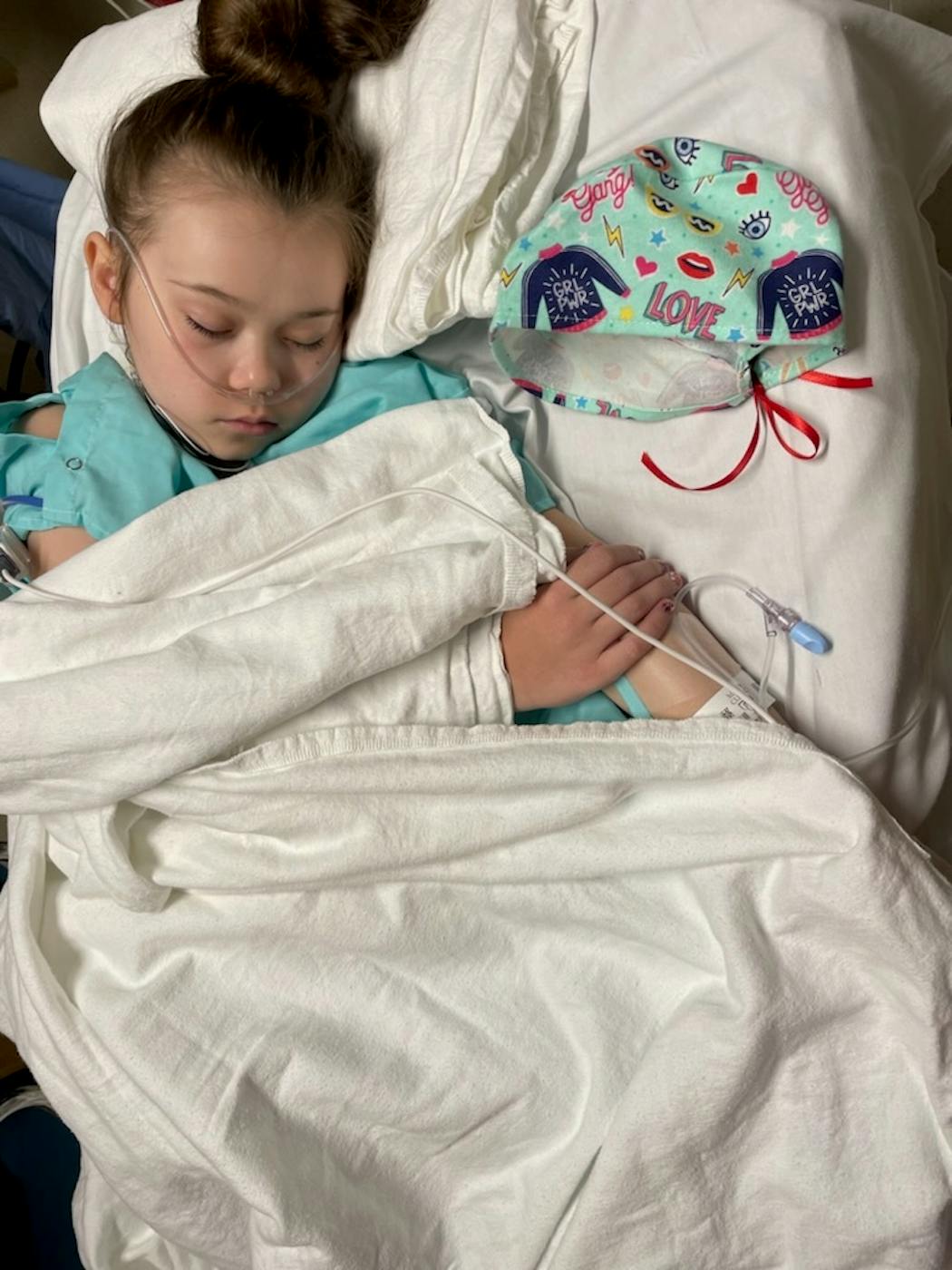A new M Health Fairview clinic is confronting an exhausting disorder that has afflicted more children since the pandemic and caused alarming spikes in heart rate, blood pressure and breathing.
Dr. Matthew Ambrose said it is disheartening to see so many more cases of the condition known as POTS. But the increase at least spurred awareness, and accelerated plans for a clinic in Minneapolis that can better diagnose and treat children who in the past were dismissed.
"Sometimes they're being told outright that they are making it up, that it's all in their head," said Ambrose, a pediatric cardiologist and a leader of the clinic. "It's really dispiriting to hear. They can't even be at school because they are too tired."
POTS emerged prior to the pandemic in about one in 500 children and young adults, usually after infectious diseases triggered aggressive responses by their immune systems. So doctors weren't shocked when POTS became more of a problem during the pandemic. An estimated 96% of Minnesota children had been infected by the end of 2022 with the coronavirus that causes COVID-19, based on a federal review of pediatric blood samples, creating a huge risk pool for the development of the disorder.
The condition bears similarities to long COVID, the lingering cognitive and physical problems that people experience after coronavirus infections, but with at least one distinguishing characteristic. POTS is short for postural orthostatic tachycardia syndrome, and it is defined by a severe and immediate increase in heart rate whenever people switch positions by sitting or standing up.
Anna Burt, 14, was a bubbly dancer, skier and cheerleader from Sioux Falls, S.D., when she was diagnosed with COVID-19 in October 2020. The resulting exhaustion left her struggling to walk, and often was marked by a pounding heartbeat that raced up to 160 beats per minute.
"Its like a big drum," the girl said.
Burt was first taken to M Health Fairview's clinic for long COVID, because she was experiencing the characteristic "brain fog," along with stomach pain and dizziness. She struggled to sit up, even to ride in the car to the doctor's office.
"She really was trapped in the house," said her mother, Jody Burt.
Her POTS diagnosis became clear after the family met Ambrose, who had observed cases prior to the pandemic and had taken a clinical and research interest in the condition. Just finding a clinician who believed Anna and her family was vital, her mother said. "We weren't getting that. Most of the time, we were getting, 'its just constipation.'"
Depression and anxiety often occur alongside POTS, so much that they are often mistaken as the causes of children's lethargy, research has shown.
Drinking water can reduce POTS flareups, and exercise and physical therapy can help patients regain function, Ambrose said. But patients often need poorly understood and even controversial medication regimens. Naltrexone treats opioid addiction but appears in low doses to reduce POTS-related fatigue. Steroids regulate water, and sodium levels and can prevent or reduce attacks.
Beta blocker drugs that lower blood pressure were thought to worsen POTS, but recent studies suggest they help. POTS is related to the autonomic nervous system, or the portion of the nervous system that controls subconscious functions such as heart rate and body temperature.
The drugs temper the body's reaction to signals from that system, Ambrose said. "It's like being at a rock concert but wearing hearing protection."
The clinic's goal is to package together treatments that families struggle to access separately, and to keep tabs on patients through online check-ups and counseling. By following patients over time, the clinic also hopes to prove which treatments work best and how much progress children with POTS can make.
"When I tell people I think we can get them to a place where they are fully functional, I mean it," Ambrose said. "But it does take work and time and trial and error ... and an Avengers team of physical therapists."
The clinic sometimes looks for little successes, Ambrose added, giving fluid infusions to one patient so she had the energy just to go to prom.
Anna Burt has progressed from a wheelchair to crutches to walking, but she still can't run without exhaustion. She has replaced old pursuits, trying swimming and archery. She tried playing with slime toys to alleviate boredom, but they irritated her skin. So she invented a non-irritating version that she plans to sell under the brand Rainbow Slimes.
She said her pain and symptoms are under better control, as long as she keeps up with therapy exercises and remembers her medication. She rides a recumbent bicycle for exercise and has returned to school for art class. Changes day to day are imperceptible, but Anna said she has made long-term improvements and dreams of being active.
"Sometimes I get sad. I'm just tired of doing this over and over and over again, but I wouldn't change the experience I had," she said. "Definitely a lot of parts suck, like most of it, 99% sucks. But I wouldn't be who I am now without it."

In Grand Rapids, Itasca Pride is planning its first event, but there is already pushback
One person shot at YMCA in Coon Rapids

BCA says man pointed pistol-style BB gun at officers before he was shot in Woodbury

Former diversity worker sues University of Minnesota after firing over swastika photo




